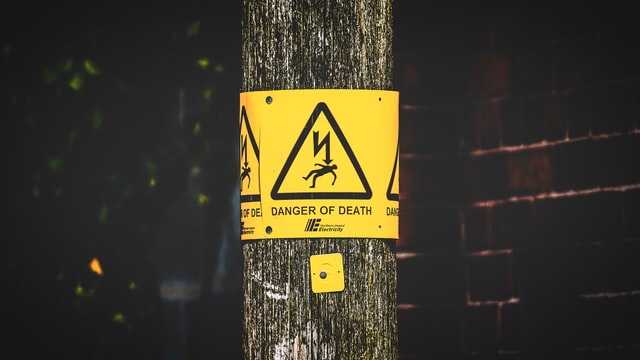Hypervigilance: Definition, Examples, & SymptomsWhat is hypervigilance? Learn what hypervigilance can look like, some causes of it, and some potential ways to overcome it.
However, if you’re always in a state of heightened alertness, always on the lookout for threats, always expecting a mugger around every corner, always expecting contamination in your food, always expecting a snake underfoot, even when there is no true threat, you may find yourself unable to live a normal life. This state of constant high alert is known as hypervigilance. In this article, we’ll talk about what hypervigilance is and what conditions hypervigilance can appear in. We’ll end by going over some ways that you may be able to overcome hypervigilance.
Before reading on, if you're a therapist, coach, or wellness entrepreneur, be sure to grab our free Wellness Business Growth eBook to get expert tips and free resources that will help you grow your business exponentially. Are You a Therapist, Coach, or Wellness Entrepreneur?
Grab Our Free eBook to Learn How to
|
Are You a Therapist, Coach, or Wellness Entrepreneur?
Grab Our Free eBook to Learn How to Grow Your Wellness Business Fast! |
Terms, Privacy & Affiliate Disclosure | Contact | FAQs
* The Berkeley Well-Being Institute. LLC is not affiliated with UC Berkeley.
Copyright © 2024, The Berkeley Well-Being Institute, LLC
* The Berkeley Well-Being Institute. LLC is not affiliated with UC Berkeley.
Copyright © 2024, The Berkeley Well-Being Institute, LLC




